BY JEAN H. LEE
September 8, 2017
Meticulously choreographed military parades. Strident news announcements on state television. Missile tests presided over by a grinning Kim Jong Un. Propaganda from North Korea comes to us fully formed and almost alluring in its opacity: a finished product that has been carefully constructed to convey an idealized image of strength and unity.
Carl De Keyzer, a photographer based in Belgium, offers a different and more intimate view: a glimpse of the process of indoctrination within North Korea. From their first day in kindergarten, children are spoon-fed propaganda—from lectures about the legendary feats of Kim Il Sung to field trips to a museum that depicts, in gruesome detail, Americans massacring Koreans. What makes the images all the more remarkable is that De Keyzer was subject to the same restrictions imposed on foreign tourists who visit North Korea. During his four trips to the country over the past two years, he was attended at all times by official minders, and had to submit his photos for state approval. As a result, we see only the images the regime wants us to see—a sunny, utopian view of a nation where, in reality, some 70 percent of the people struggle to put food on the table, and most live without running water, heat, or electricity.
Yet through his keen eye and careful framing, De Keyzer helps us see beyond the official picture. A mural of children dressed as soldiers wielding rifles looms over an exhibit of colorful toys. A state-produced music video serenades diners with footage of blazing howitzers. A mother beams at her son in the only village where foreigners are permitted to spend the night at a Korean home selected by the state. The images do not show us what is kept out of the frame. But within their narrow confines, they reveal much of what is meant to remain unseen.
From their first day in kindergarten, children are spoon-fed propaganda—from lectures about the legendary feats of Kim Il Sung to field trips to a museum that depicts, in gruesome detail, Americans massacring Koreans. What makes the images all the more remarkable is that De Keyzer was subject to the same restrictions imposed on foreign tourists who visit North Korea. During his four trips to the country over the past two years, he was attended at all times by official minders, and had to submit his photos for state approval. As a result, we see only the images the regime wants us to see—a sunny, utopian view of a nation where, in reality, some 70 percent of the people struggle to put food on the table, and most live without running water, heat, or electricity.
Yet through his keen eye and careful framing, De Keyzer helps us see beyond the official picture. A mural of children dressed as soldiers wielding rifles looms over an exhibit of colorful toys. A state-produced music video serenades diners with footage of blazing howitzers. A mother beams at her son in the only village where foreigners are permitted to spend the night at a Korean home selected by the state. The images do not show us what is kept out of the frame. But within their narrow confines, they reveal much of what is meant to remain unseen.
As the first American journalist granted permission to join the local press corps in Pyongyang, I know firsthand how important it is to see North Korea in all its complexity. The effect of De Keyzer’s work is not to sanitize the regime, but to underscore just how deeply its militarized worldview is woven into the fabric of everyday life. Such glimpses have never been more important—especially now, as our own leader exhibits a “locked and loaded” mind-set that would be right at home in Kim Il Sung Square.

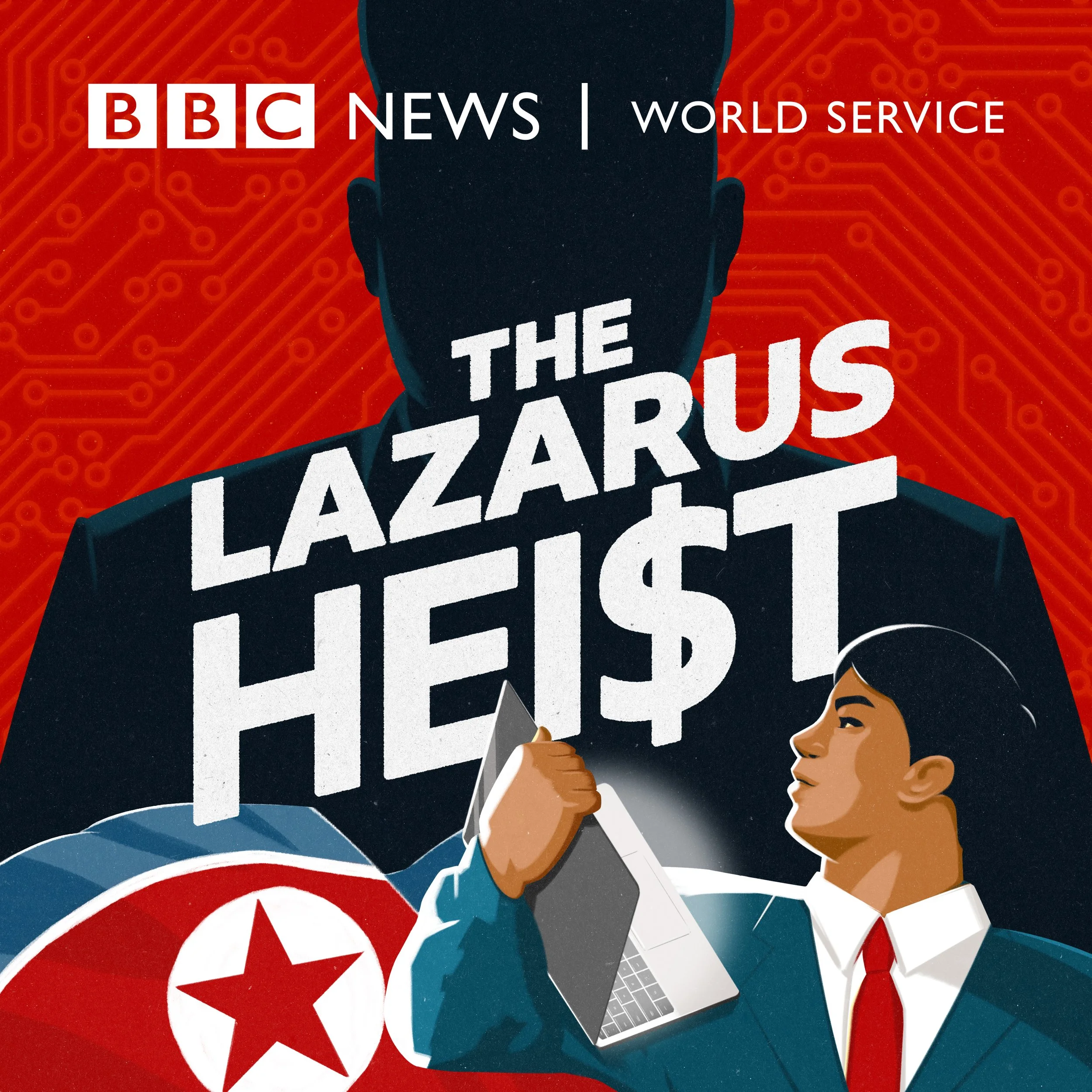

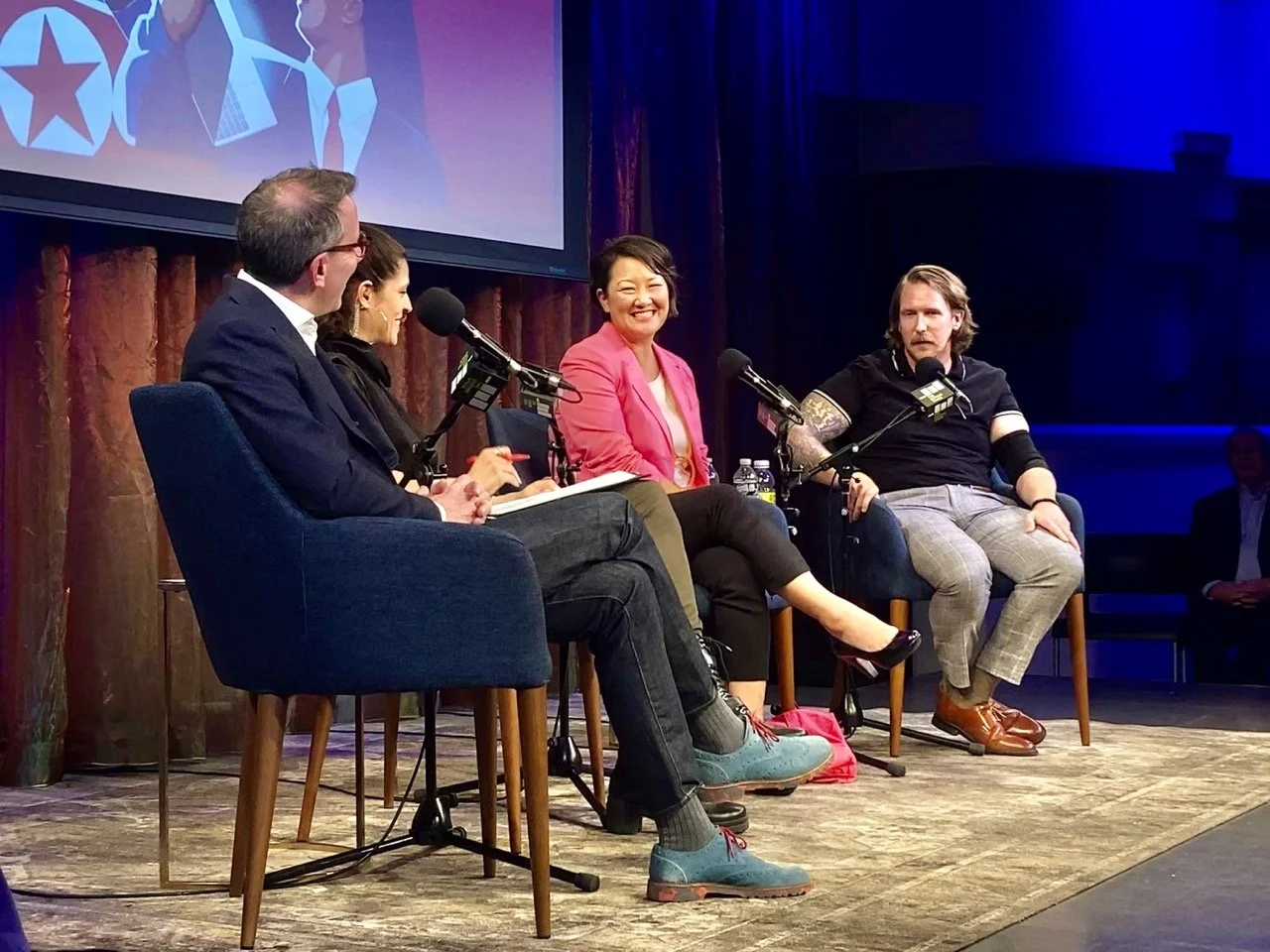
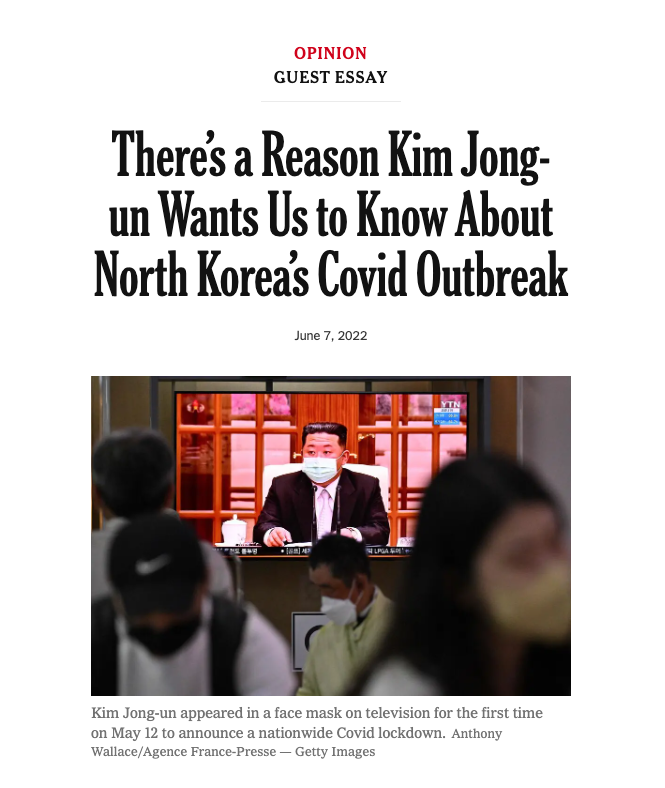

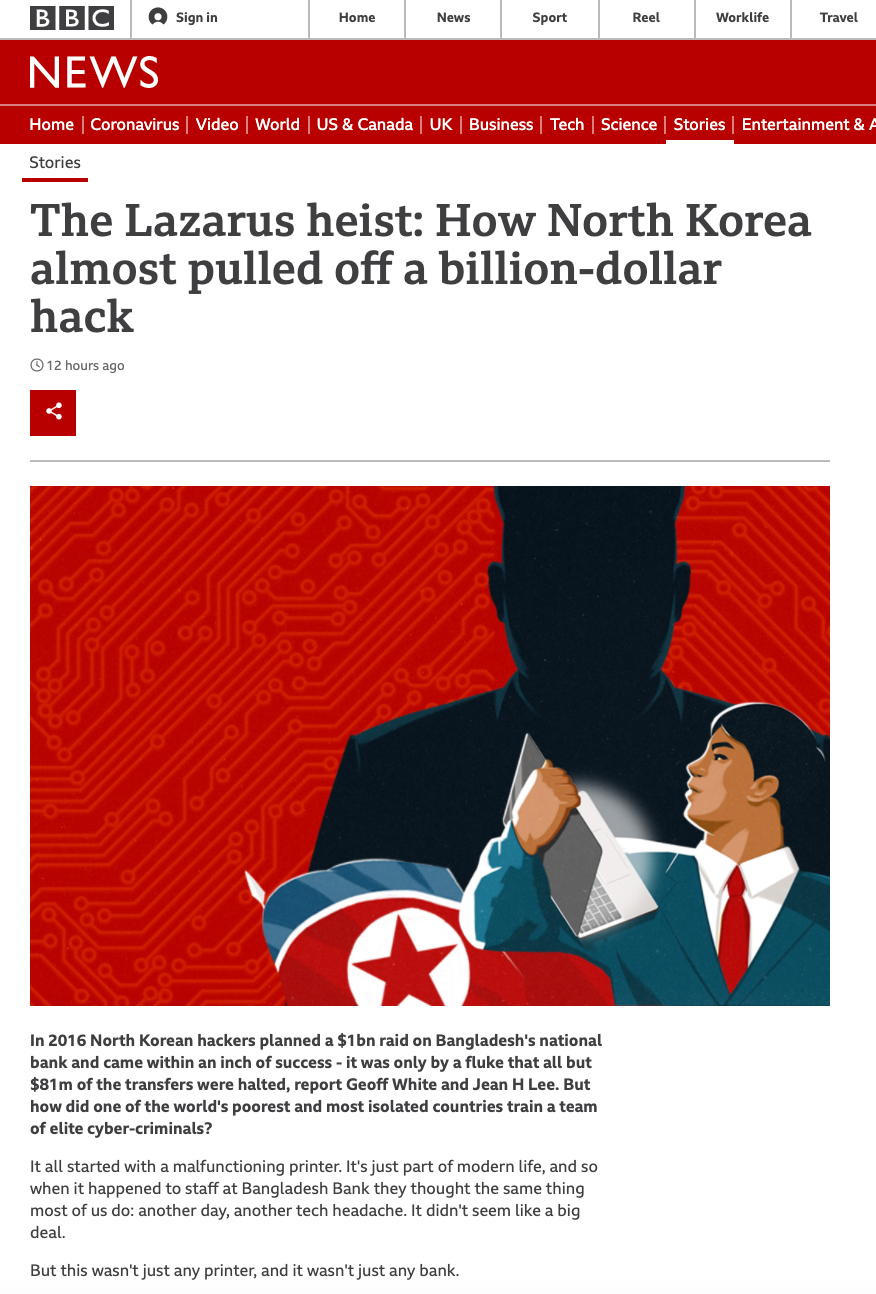
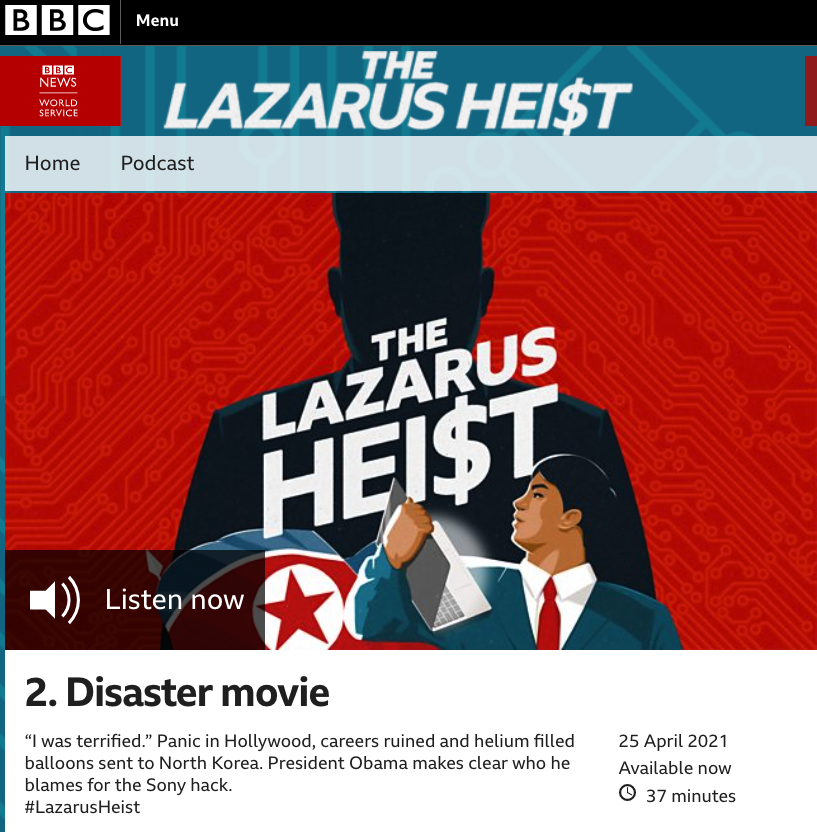












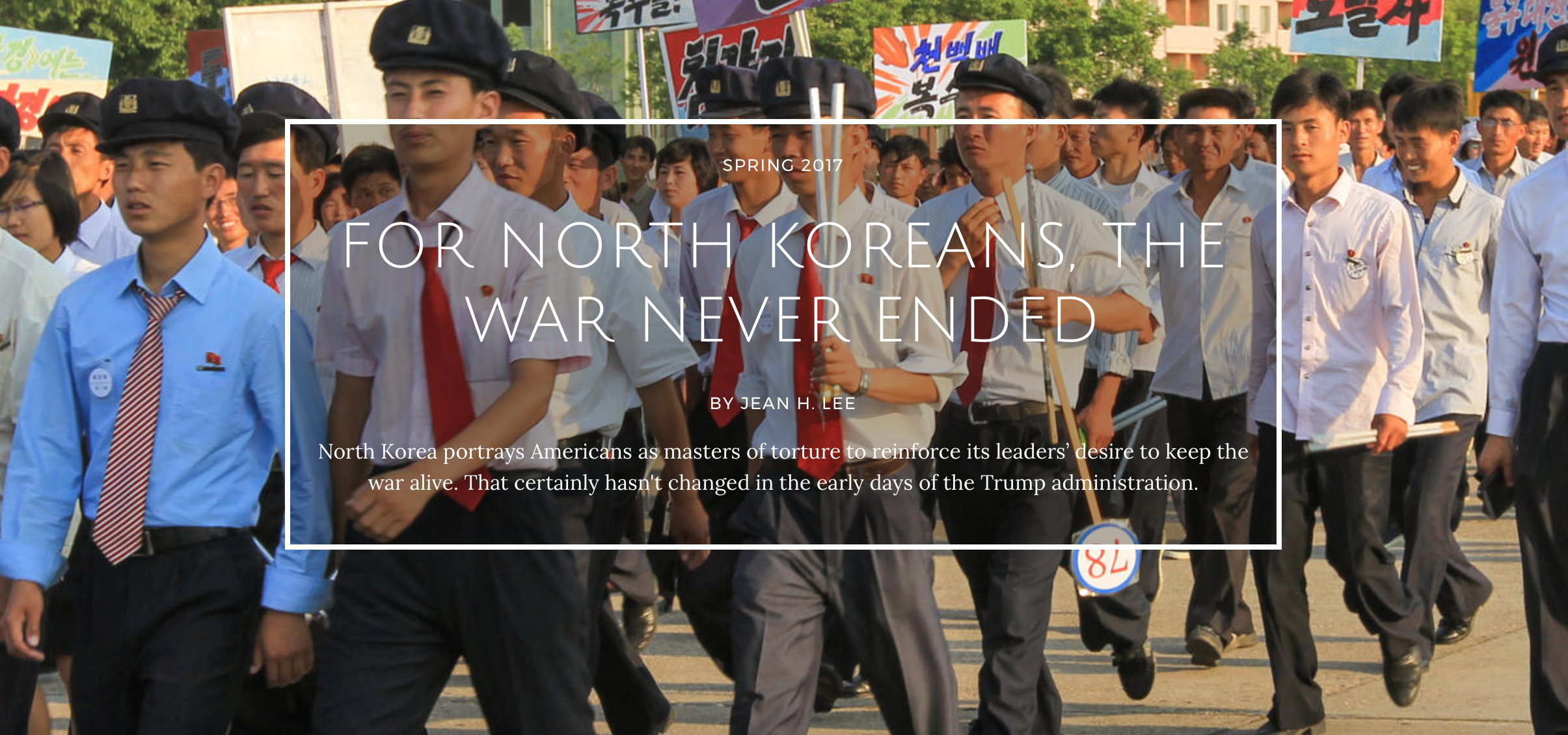


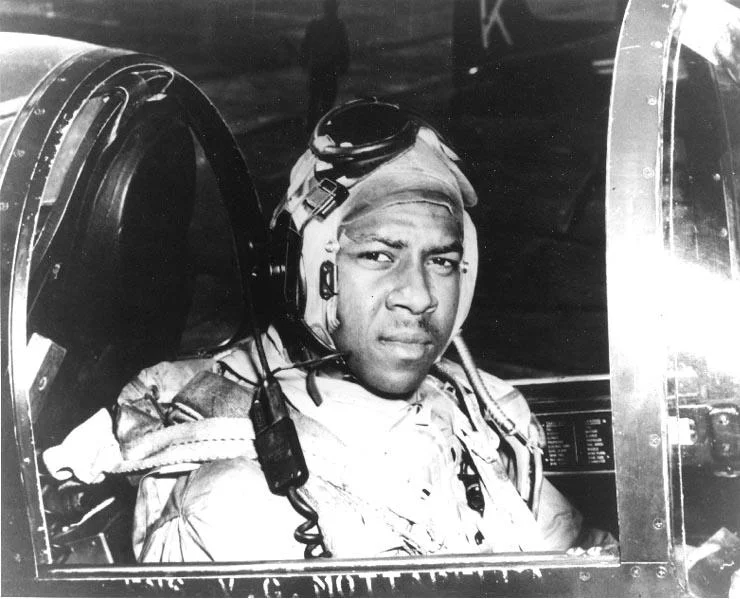
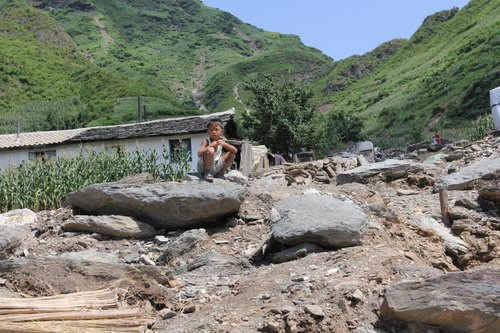





Download all episodes of The Lazarus Heist, watch Lazarus Heist animations, read our feature story about the hackers and view visualizations of the podcast episodes on Lazarus Heist homepage on the BBC World Service website!